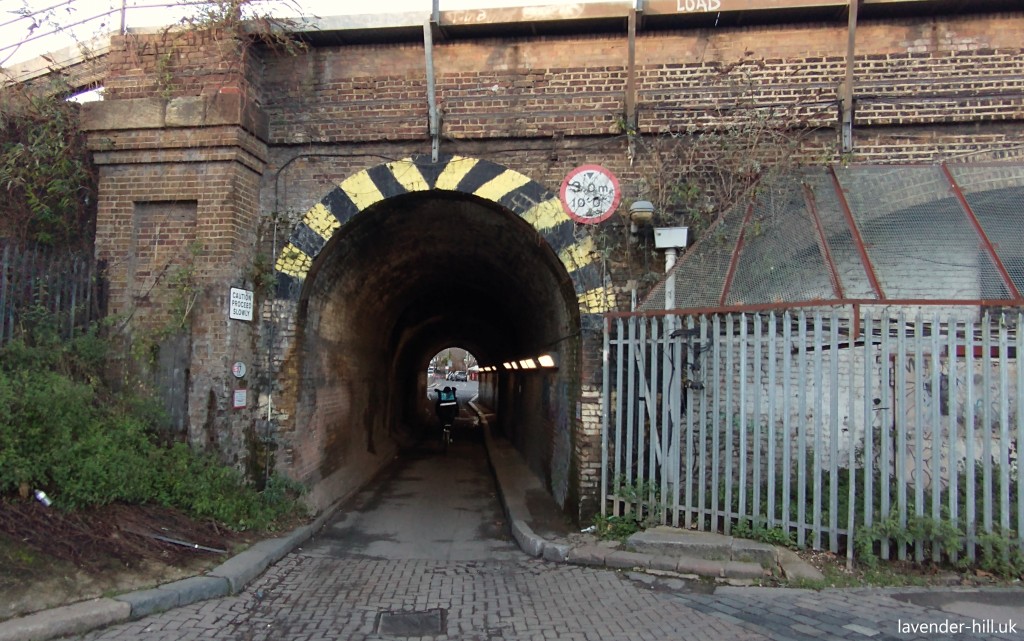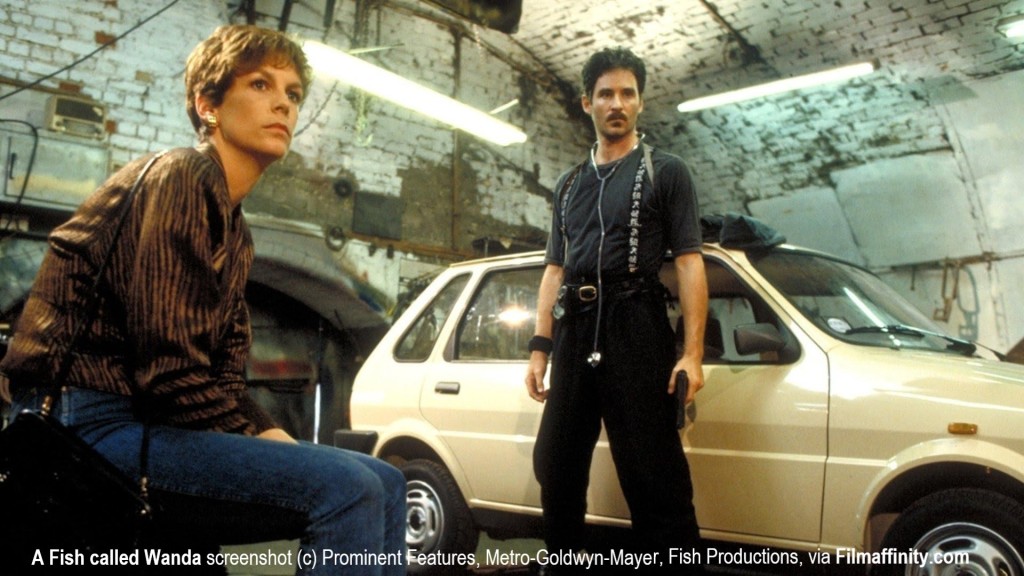
Culvert Road leaves a lot to be desired – a long, narrow tunnel, followed by an isolated and indirect footbridge. We’ve previously written about the unexpectedly interesting history of the place. But it’s a proper traffic headache! It was designed for occasional use by 1870s-sized vehicles rather than regular route by modern vans and trucks, and the opening of a major set of ‘dark kitchens’ in the Parkfield Industrial Estate has seen a huge increase in motorcycles and delivery bikes.

Unfortunately the tunnel is also a major access route to schools on both sides of the railway, with Harris Academy Battersea to the north, and Shaftesbury Park primary & John Burns primary to the south. It’s also a popular route from the Shaftesbury Estate to Battersea Park. Wandsworth counted the pedestrians for a day, and found over 1,000 people walked through the tunnel – with big peaks either side of the school day:

This mixing of fast traffic with sometimes young children has led to substantial safety concerns, and while only six crashes have bene recorded (three either side of the tunnel, all involving a motorcycle and a vehicle, and leading to only minor injuries), there have been a lot of near misses. But anecdotally, and as anyone who uses the tunnel regularly will report, this spot has become a proper headache – whether motorcycles zooming through, vans not waiting and squeezing pedestrians on the woefully narrow pavement, or drivers racing round the corner at the southern end. In our own experience many motorcyclists at this spot are very careful and clearly well aware of the dangers here – but frankly quite a few are not! Residents on both sides of the railway have therefore been calling for something to be done before there is a more serious accident, and Wandsworth – to their credit – have now had a proper look at actually doing something.

Trouble is, Culvert Road is a fiendishly difficult problem to actually fix. The tunnel’s three metres wide at best, so there’s no scope for a proper pavement – what’s currently in place (which the Council call a ‘substandard footway’, but that’s probably overselling it) is a mucky ledge, barely wide enough to walk on and dodge vans’ wing mirrors, and to make matters worse a section half way through has subsided in to a muddy mess. And don’t even think about accessibility to anyone with poor sight or limited mobility – this area has long lacked even basic safety features. The problem mostly comes down to a shoddy and badly-thought-through original design when the railway was built: despite there previously being many actual houses in the space between the railways (pictured above), these were built as fairly cheap houses and no one really bothered to provide decent access other than one rather minimal service tunnel.

There are other, much larger, railway arches to the east – but as the arch plan above shows, these arches only go about a quarter of the way under the railway, with the rest just being a huge earth embankment, so there’s no hope of converting one of them to a better or secondary access tunnel. And somewhat unusually there are no other arches at all that could give access to the large Parkfield industrial estate! Not a single one, it is surrounded on all sides by embankments and live railway lines at ground level – which probably explains why they are serving a whole series of large industrial units and dark kitchens through one woefully narrow tunnel. As an aside – the next two photos show the arch next to the tunnel in use in the film A Fish Called Wanda – for more on the extensive film use of this spot see our previous article.

A proper, straight footbridge running all the way across all the railway lines in one go is another option, and would be a lot safer – but it would need to be two storeys above ground so cost a fortune, it would probably overlook assorted back gardens, and there’s not really space at the south end for ramps or lifts. The tunnel itself can’t be widened without spending stratospheric sums and interrupting access to two mainline London railway stations. The businesses in the Parkfield Industrial Estate have for the most part encouraged their riders to drive carefully, and to give credit where it’s due the established mechanics’ workshops, fireplace stockists and coffee roasters there have always had careful and courteous drivers – but the nature of the food delivery industry means that the dark kitchens that have sene so much recent growth typically have new (and rushed, and inexperienced) drivers turning up every week – so these approaches no longer work. Which leaves us without many options! Someone in Wandsworth has therefore had a good look at what they can do with this tunnel (which they don’t even own – it’s a Network Rail property)

The Council’s Transport committee considered this at a meeting in early July (link here – but beware, it’s an 800+ page PDF!) – and they have gone for the least-worst of what was probably a pretty short list of options – with a plan to install traffic lights at either end of the bridge. This should mean it can operate in three phases: traffic northbound, traffic southbound, and a pedestrians only phase that stops vehicles entering the tunnel in either direction when a button is pressed. There will be sensors to detect vehicles that are inside the tunnel, and probably cameras to detect and issue fines to any vehicles that jump the lights. The proposed layouts are shown below.

The council’s transport committee agreed the proposal last week, which will go for final agreement by the Council executive next week. Network Rail (who own the tunnel) and Transport for London (who own all the traffic lights in London) also need to agree – but this seems reasonably likely as Network Rail are not picking up the £150,000 bill, and TfL will want to avoid a major injury after the ongoing debacle of their somewhat lackadaisical approach to improving the Battersea Bridge pedestrian crossing.

It’s quite an unusual approach and we can’t quite think of anywhere else that this has been tried in a tunnel – but it seems to be the best way of trying to do something about the tunnel; and credit is due to the community members on the safer neighbourhood panel and to tenacious ward councillors for keeping pushing the issue, and for someone in the depths of Wandsworth’s transport department for thinking fairly creatively about what can be done here.
Will it work? Who knows… Delivery mopeds aren’t known for their adherence to the rules of the road. But we suspect enforcement – meaning fines, and lots of them – coupled with prominent signs advertising that this is being CCTV-enforced – will help; and may well offset much of the cost of the scheme. What’s not in doubt is that the current situation is a nasty accident waiting to happen and doing nothing is not really an option. Culvert Road is a knotty and difficult problem with no easy fixes – but this will hopefully make it a bit safer for everyone using it.
If you found this interesting you may want to see a short article about the redevelopment of the Culvert Court industrial estate right next to the tunnel, an article about a small independent coffee roastery within that estate, and above all our detailed article about the lost community that used to be based between the tracks, and the future of this often-overlooked bit of Battersea. There’s also a collection of the other posts we’ve written about transport in the Lavender Hill & Queenstown Road area. It’s now also possible to receive updates on new posts by email.
